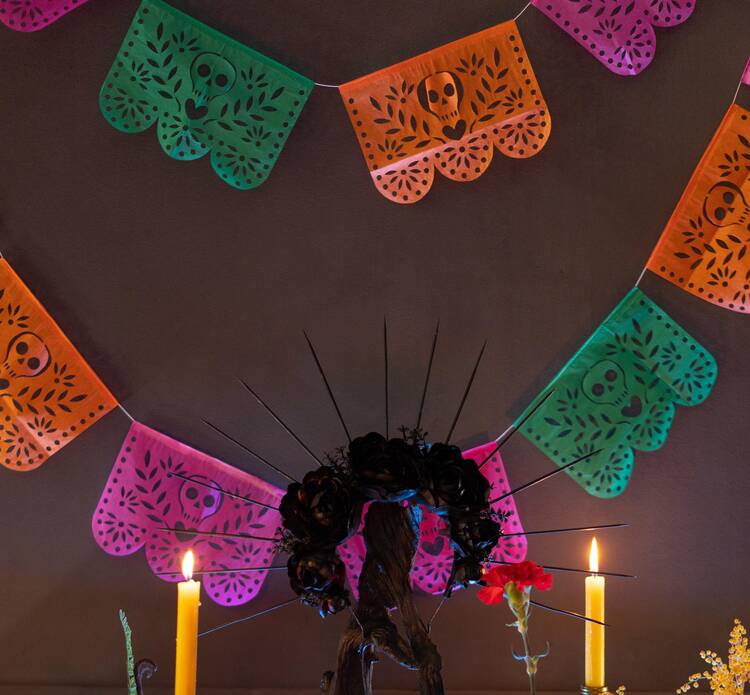Every fall, Día de Los Muertos allows families across Spain to celebrate their departed loved ones. Despite its name – which means Day of the Dead in English – this Spanish holiday is a time for joy and celebration. This celebration of dead people coincides with two other Catholic holy days, All Saints’ Day (November 1) and All Souls’ Day (November 2), which have similarities.
Something unique about the Day of the Dead is an ancient celebration characterized by delicious foods, decorative sugar skulls, and colorful flowers. In Spain, the Latin communities celebrate the Day of the Dead (Día de Los Muertos) by displaying skulls and fauna in a Gothic yet vibrant style. But what does it mean?
Let’s explore the significance of Dia de Los Muertos Decor below.
How is Dia De Los Muertos Celebrated?

It’s important to note that Day of the Dead is completely different from Halloween – which has its roots in pagan traditions dating back at least 2,000 years to Celtic Europe. With the increasing number of references in pop culture, Day of the Dead is more popular than ever.
Spanish Halloween: a Three-Day Event?
Halloween celebrations and traditions in Spain differ slightly from those in western culture. There’s Da de las Brujas (Day of Witches) on October 31, Da de Todos Los Santos (All Saints Day) on November 1, and Da de Los Muertos/Difuntos (Day of the Dead/All Souls Day) on November 2. The Spanish equivalent of Halloween, ‘Da de las Brujas,’ isn’t mainly a celebration day.
Celebrations on the 31st are mainly confined to larger cities, where Halloween has become a commercialized holiday. As a national holiday, November 1 is Spain’s most crucial Day for celebration. This is All Saints Day, a day to honor the saints and loved ones by returning to your hometown and placing flowers on their graves.
The word «celebrations» is only loosely used on this Day to honor loved ones and pay tribute to the saints. Unlike typical Halloween parties with ghosts and ghouls, these community celebrations are traditional and religious.
La Castañada
During the night of October 31 in northern Spain, regions like Galicia, Asturias, and Cantabria celebrate La Castañada. Families roast chestnuts and sweet potatoes in Catalonia to welcome All Saints’ Day morning.
The tradition came about centuries ago when bell-ringers rang bells all night to welcome All Saints’ Day and were provided with food such as chestnuts to keep them going. Traditionally, celebratory foods included desserts like almond sweets with various flavors served with sweet wine, known as ‘panellets.’
Dia de Los Muertos Altar
Without an altar, Day of the Dead celebrations is incomplete. One of the most popular parts of the holiday is setting up the Day of the Dead altar, or Ofrenda. Traditionally, an Ofrenda is where you place photos and items that remind you of your deceased loved ones; these include their favorite foods, drinks, perfumes, flowers, and anything that reminds you of them.
The candlelight, sweet-smelling flowers, and good food on the altar guide your family members back to you for a brief visit to Da de Los Muertos (November 1 and 2). These altars are highly customizable and can take any shape. But the four elements should be represented:
- fire (candles)
- wind (papel picado)
- earth (food)
- water (water)
Dia de Los Mueros Flowers
Several symbolic meanings are associated with the flowers on the Day of the Dead.
- Marigolds: They were considered a help to the dead in finding their homes and altars due to their orange, yellow, and gold hues and fragrances. Even today, cempasuchil is used in Day of the Dead offerings. Blossoms make a colorful and fragrant path to illuminate the way.
- Cockscomb: In addition to red flowers (resembling a rooster’s comb), these unusually shaped blossoms come in other colors. The deep red variety symbolizes Christ’s blood, which signifies his resurrection. These bright flowers are often combined with marigolds to create a vibrant display.
- Gladioli: Day of the Dead celebrations naturally include gladioli or sword lilies, which symbolize remembrance and faithfulness. Tall and elegant, they come in a variety of colors.
- White Hoary Stock: Often referred to as hoary white stock or Matthiola incana, Alheli Blanco is a popular flower for Day of the Dead. It symbolizes the memory of Lost children.
- Baby’s Breath: These flowers symbolize purity, innocence, and love; these white flowers are small and delicate. Floral crowns worn on the Day of the Dead typically contain a baby’s breath.
- Chrysanthemums: They represent beauty, peace, and sympathy, and they are often used as flower crowns and altar flowers.
The Spanish celebrate All Saints Day on Dia de Los Muertos. It’s time to commemorate Saints and lay flowers on loved ones’ graves. Please celebrate with us!



